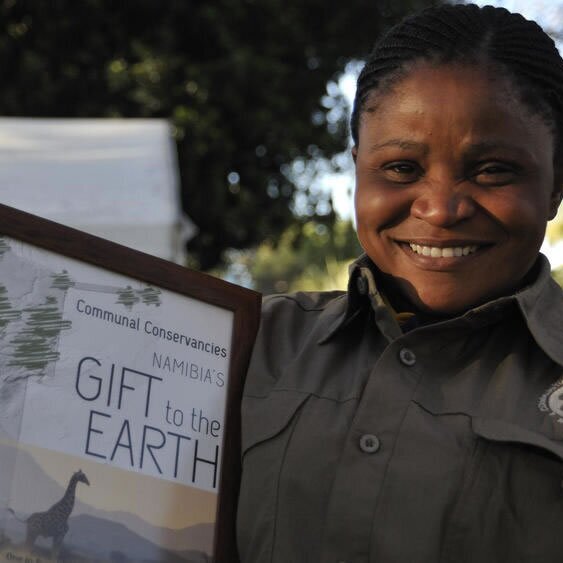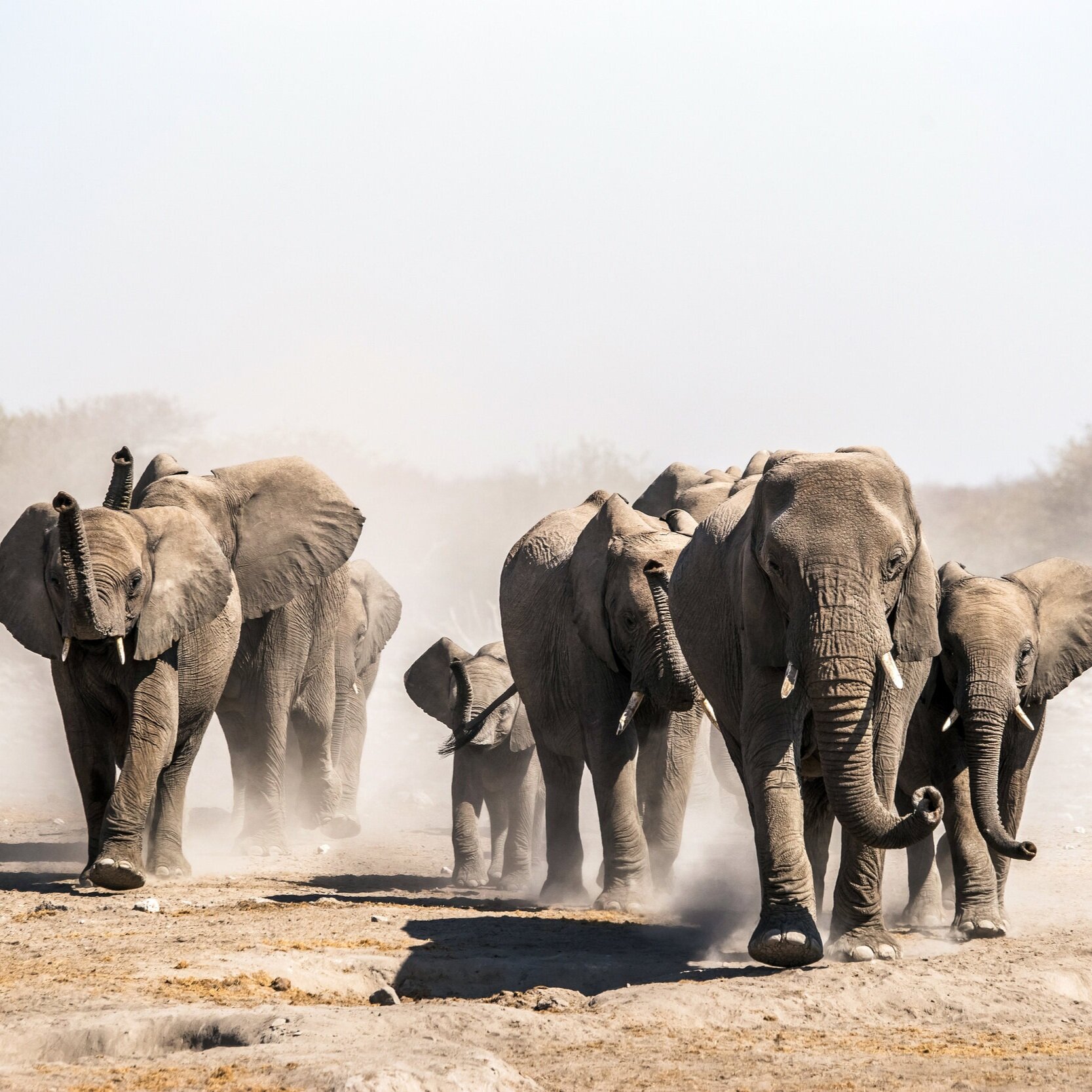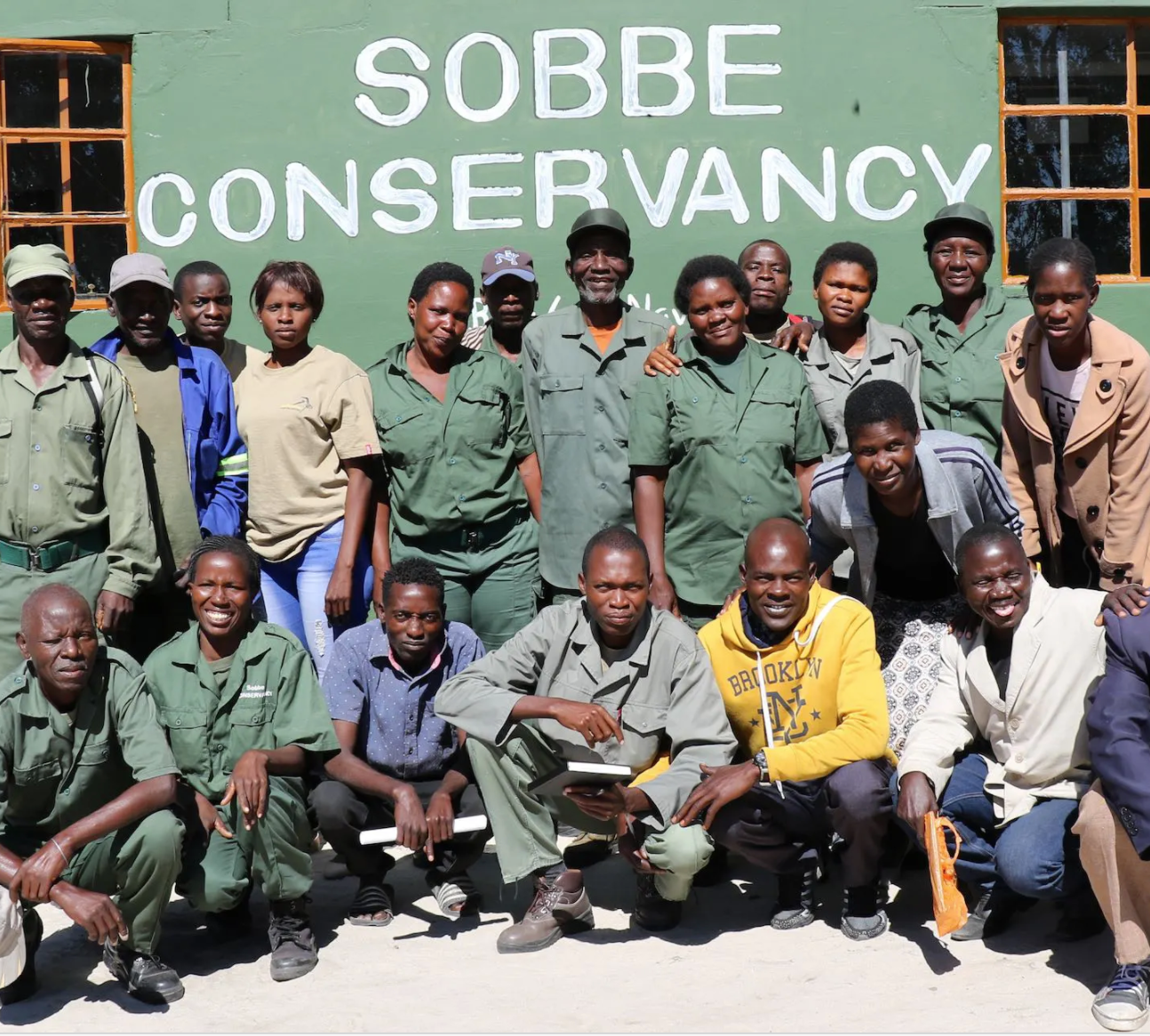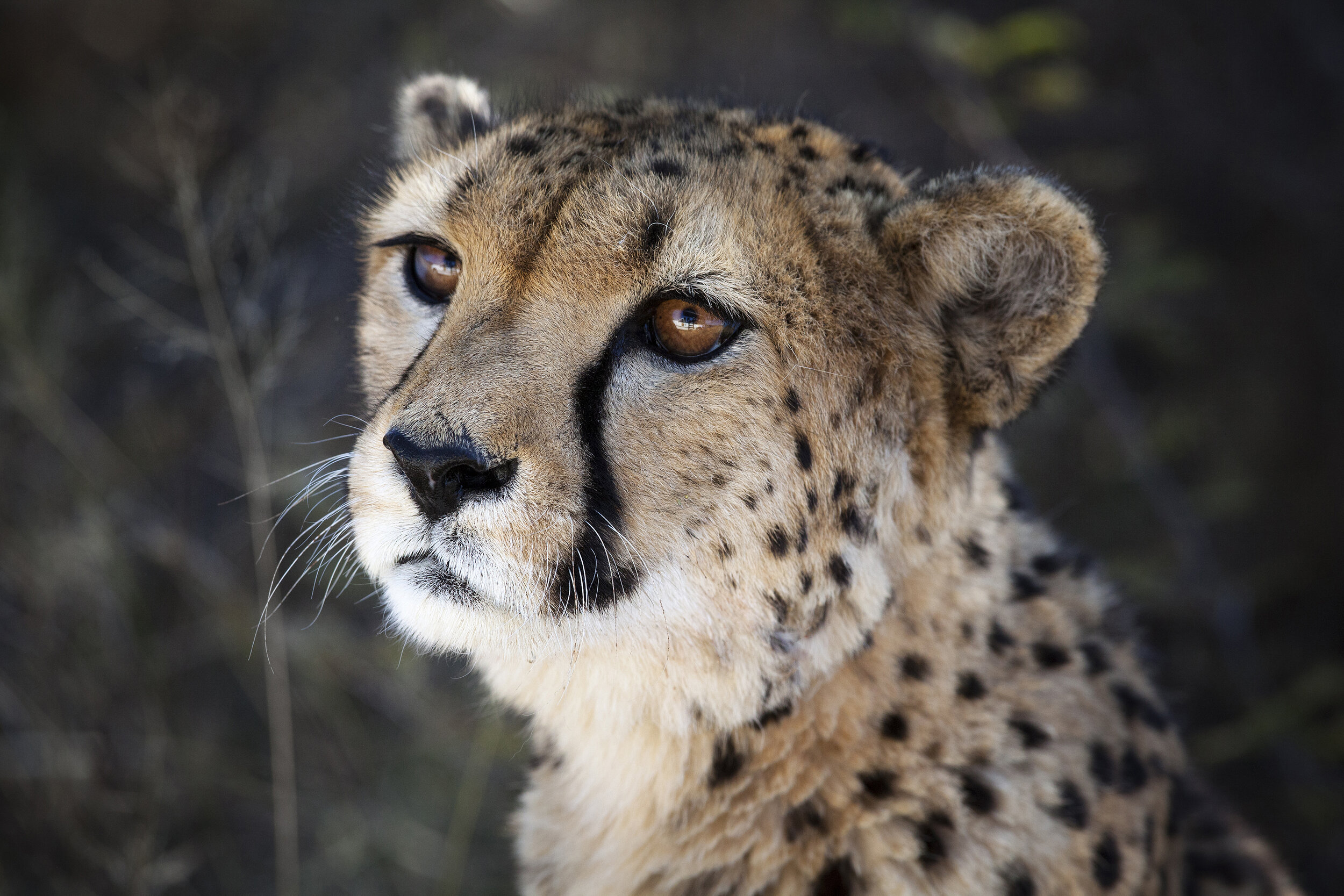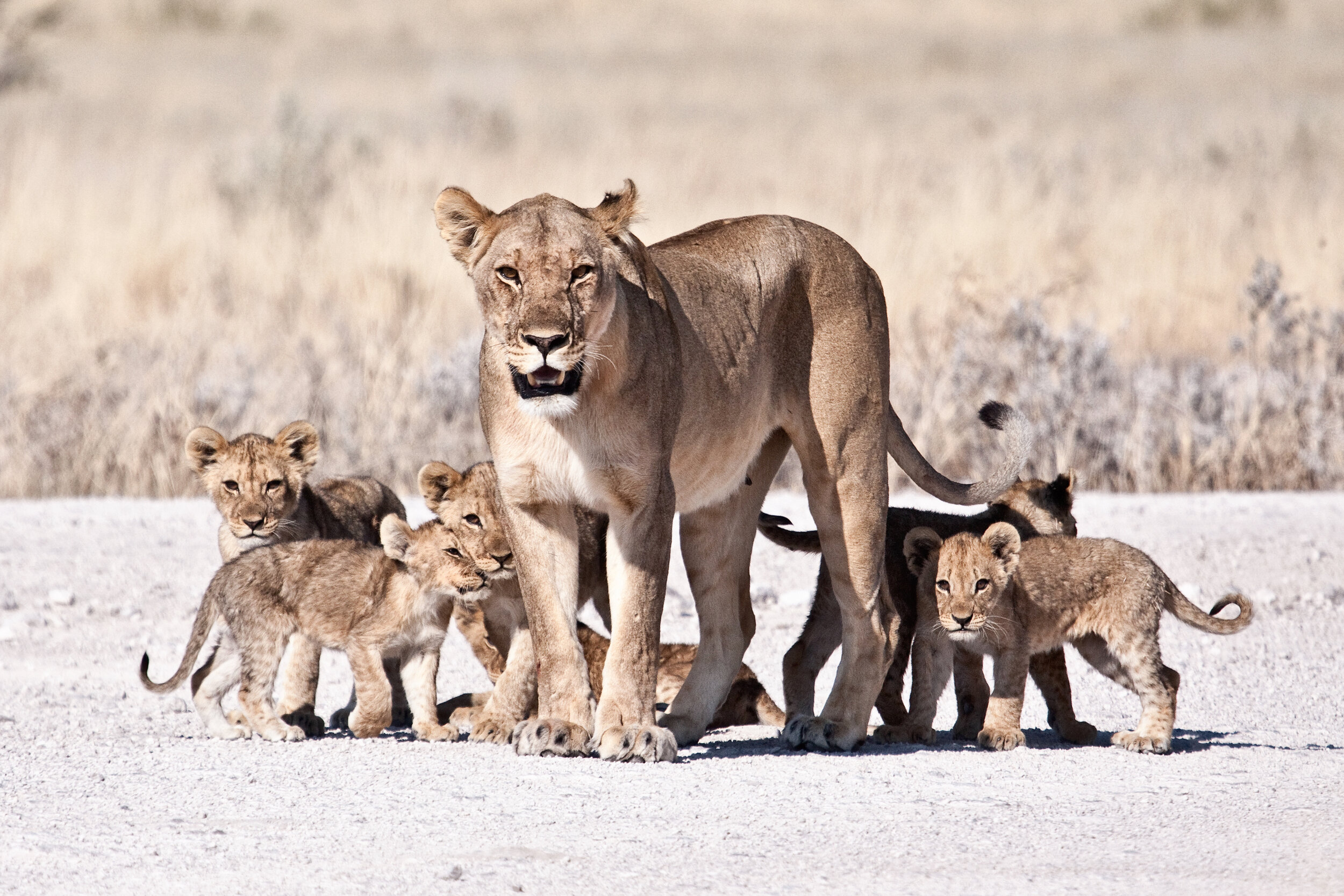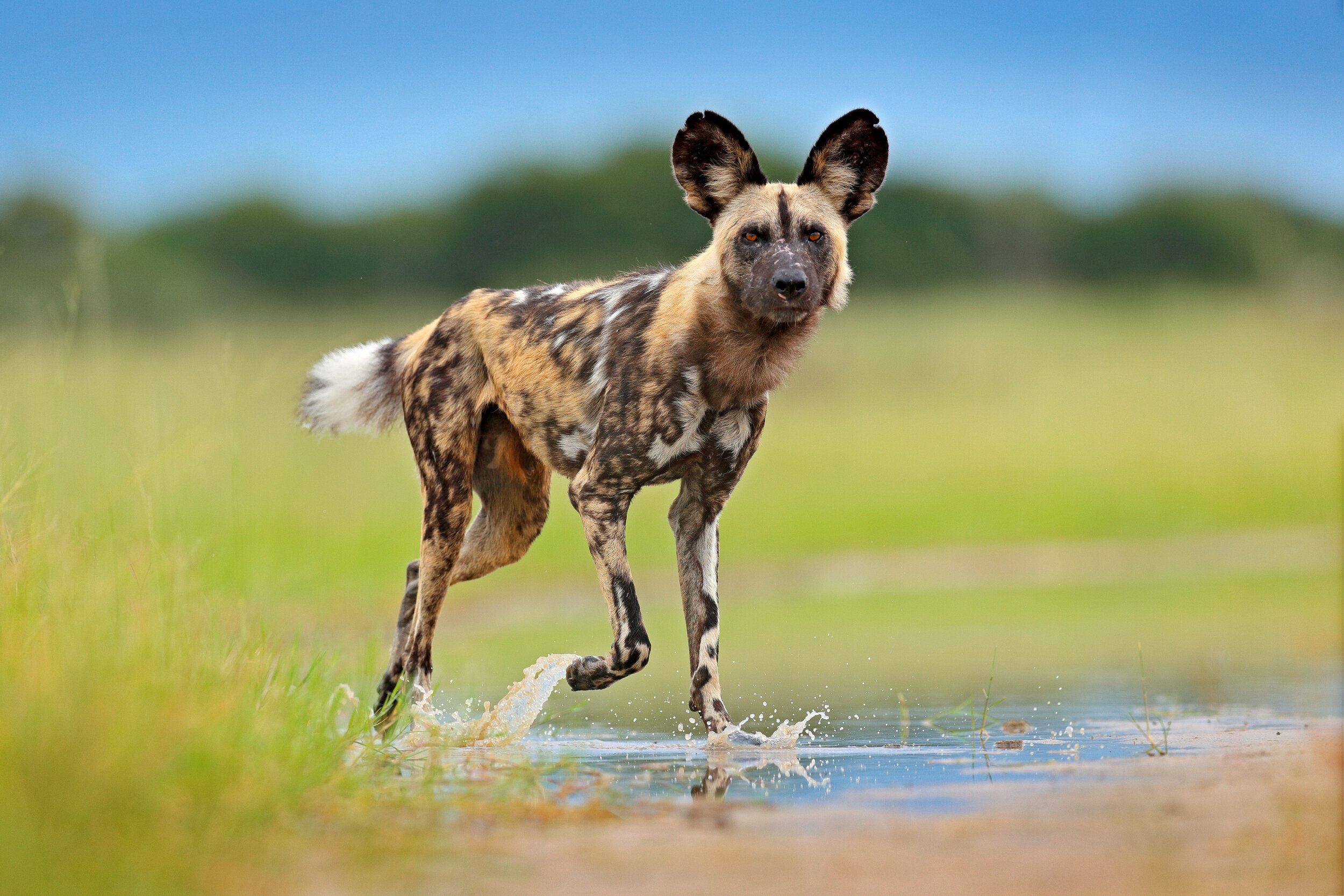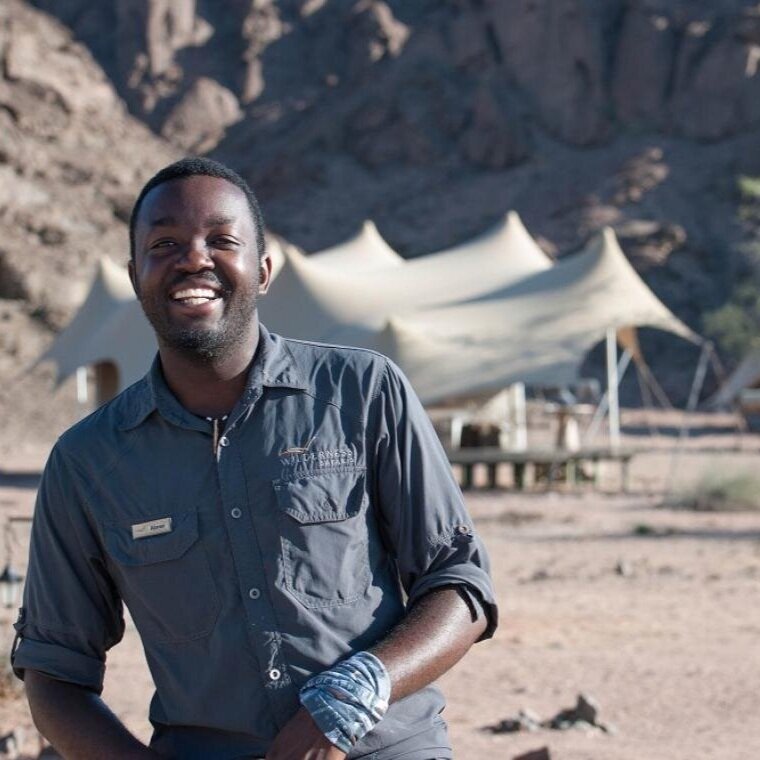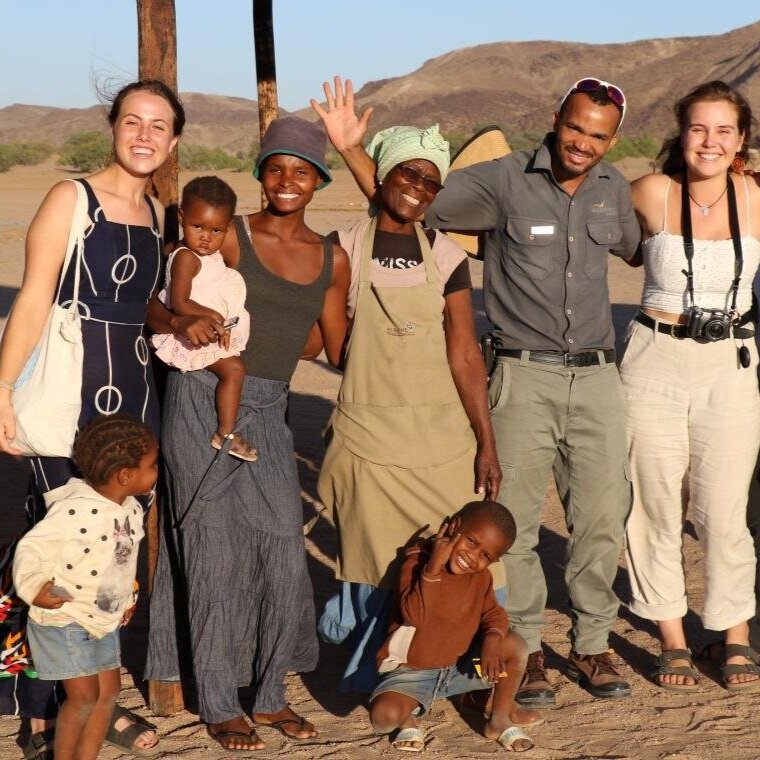Explained: Namibia's Conservation Success Stories
Written by Jess Tyrrell
Conservation and environmental protection are deeply rooted in Namibia's constitution. Being one of the first countries in the world and the first in Africa to do so, Namibia proudly secures the number 1 spot as Africa’s leading conservation success story. The country’s success as a wildlife haven can be owed to its holistic and inclusive conservation methods. Not only are there 11 national parks that afford protection to wildlife, but also numerous private reserves and community conservancies.
After gaining independence in 1990, Namibia instated a landmark law that put the ownership of, and benefits from, natural resources in the hands of the local communities, who were permitted to set up conservancies. The triumphant result is that Namibia not only relies on exclusionary conservation methods, such as national parks, to protect endangered species but also incorporates local communities at a grassroots level, turning them into custodians of wildlife.
Namibia, with help from the World Wildlife Fund (WWF), ensures that proceeds generated from wildlife tourism, technical training and job opportunities, are equitably distributed to local and indigenous communities, uplifting and empowering them. These funds also support anti-poaching efforts, healthcare and environmental education projects, that incentivise locals to contribute to nature conservation.
This has been so successful that the 86 registered community-owned conservancies now cover more than 20% of terrestrial Namibia so that 42% of its total landmass is under some kind of conservation management.
In this episode of Explained, we will highlight some of the animal species that national parks and community-conservation efforts have played a crucial role in conserving, and where your best chances are of seeing them!
Cheetah
Namibia is home to around 1/4 of the world’s total cheetah population, with most living on privately-owned conservancies. These speedy cats thrive on Namibia's vast and desolate plains. For the last 20 years, conservation bodies on public and private lands have implemented rigorous rehabilitation and capture-and-release programmes returning injured and orphaned cheetah to the wild, significantly repopulating a once devastated cheetah population. The best places to spot - ;) - cheetahs are in Okonjima Nature Reserve, or on the Waterberg Plateau in the Waterberg National Park, in the north of Namibia. You can also visit the famous Cheetah Conservation Fund nearby.
Elephant
Namibia's desert-adapted elephants are an endangered subspecies, with only 62 free-roaming residents left in southern Kunene and northern Erongo, due to poaching, habitat loss and human-wildlife conflict. These elephants, which are leaner, taller and larger footed than other African Elephants - as they have to walk up to 200 km through soft sand to find water - are part of Namibia's biodiversity heritage and are vital for its economy.
If you are lucky enough, you may spot some of these free-roaming giants digging along dry riverbeds, or appearing on the foggy beaches of the Skeleton Coast.
Under successful park management, 23.000 elephants live and thrive in Etosha National Park. The best place in Namibia to see the desert-adapted elephant is in this sprawling 22.000 park. The network of perennial waterholes draws herds of animals, including elephants, from the dry outer reaches of the park. Your best chance of seeing these powerful pachyderms is at the permanent waterhole close to Okaukuejo rest camp.
Lions
Namibia's rare desert-adapted lions are remarkably versatile. Today, they occupy the mountains, coastal regions and ephemeral rivers between the Kunene River and lower Kuiseb River, in the Kunene region. Their range extends beyond protected areas, and local communities have been living with these populations for decades. Communities have historically lost livestock to these predators, exacerbating human-wildlife conflict and leading to retaliatory killings of lions. In recent years, however, the Kunene Lion Project has successfully reduced this conflict, by providing tourism income for these communities, incentivising them to not kill the lions.
These lions are more easily seen around Etosha National Park's waterholes.
Black rhino
Almost 30 years ago, black rhinos were almost extinct in the Kunene region of Namibia. Today, the area is home to the largest number of free-roaming black rhino in the world! What's more, these are the only rhino in the world that live on community-owned land that is not under formal protection. Through sharing the income generated from rhino-related tourism with locals, there is less negative human-wildlife conflict and poaching in the area. Locals are also employed as members of the anti-poaching unit.
To see these desert-adapted black rhino, you will have to visit Palmwag Lodge and Serra Cafema camp, both offering light-impact, community guided walks and drives.
Gemsbok
The elegant and commonly-sighted gemsbok, with their pointed horns and charcoal coats, is Namibia's national animal. Ideally suited to Namibia's desert-scape, the number of these antelope plummeted during the Namibian War of Independence (1966 - 1988), and severe droughts in the 1970s and 1980s. Since the population has rebounded, it is roughly 200.000 strong. You can spot them almost anywhere, be it by the roadside or in national parks, but most are found on private community-owned land.
The most Instagram worthy photo you can take on your trip to Namibia is probably a shot of one of these beauties against a large red dune in Sossusvlei in the Namib Naukluft National Park.
African wild dog
African wild dogs, with their mottled painted fur and enormous ears, are Namibia's most endangered mammal. With ranges of up to 3.000 km2, these canines need room to roam. Habitat loss and human encroachment have meant that wild dog packs target the livestock of Namibia's Herero pastoralists, leading to them being killed. Now only 300 - 600 wild dogs survive, all in the isolated northeast. Of the total population range, only 5% is under protection.
Both NGOs and government-run conservation initiatives are working to protect wild dogs that may encounter villagers outside of the protected parks. Through these educational programs, communal conservancies in the Omaheke and Otjozondjupa regions on Namibia's border with Botswana - as well as the remote Khaudom National Park - are likely going to become the last strongholds of the African wild dog.
Quick facts:
Namibia’s conservancies generate around $4.8 million annually
The majority of conservancies have 80% or more of their historical species present
An ongoing drought cycle (rainfall in 2019 was the lowest since 1891) is now the greatest threat to the health of animal populations in Namibia
Namibia is setting an example for the rest of Africa, and the world, to follow in terms of achieving sustainability. As global thought-leaders in conservation, Namibia is alleviating poverty, creating jobs and conserving wildlife, all at the same time. By supporting Namibia’s tourism industry, you will be directly benefiting people and wildlife. Why not book a holiday with Viatu to visit Africa’s leader in nature conservation, and contribute further to the health and success of both Namibia’s people and wildlife.

